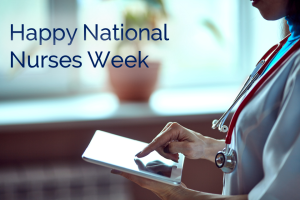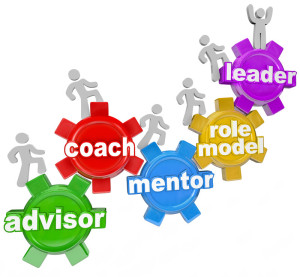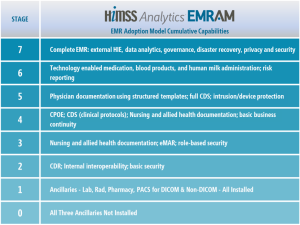May 6-12 is National Nurses Week. According to a Gallup Poll, nursing has been the most trusted profession for the past 16 years. It’s no surprise.
Those of us with nurses in our family are grateful that there is someone we can turn to with health questions. They help us navigate complex healthcare systems when we have a worrisome condition and need to see specialists and subspecialists. I’m fortunate to have nurses in my family. I am grateful to them and know that I should never take them for granted.
As the President of the American Nurses Association, Pamela Cipriano, PhD, RN, said, “Nurses provide much more than bedside care. We advocate for patients, deliver primary care, meet the complex needs of patients with chronic conditions, volunteer for disaster relief efforts, and are a trusted voice in boardrooms across the country.”
When my daughter first considered a nursing career back in the early 2000’s, I was very supportive. I thought that with her personality, people focus, and an incredible ability to multi-task she would be an excellent nurse. I told her that she could take many different paths as a nurse over time. She already had a bachelors degree in Hospitality Administration/Management with a minor in Business, so she decided to attend a combined nursing/nurse practitioner (NP) program to get her BS in Nursing and her Masters in Science and Nursing.
She worked as a bedside nurse, first on a cardiac surgery stepdown unit and then on a cardiac surgery ICU. Her first nurse practitioner opportunity was working with patients who have atrial fibrillation (known as Afib). She later moved to orthopedics where she is now the Chief NP on a busy and growing inpatient ortho unit.
She balances clinical patient care with administrative responsibilities. And she is always looking at how to improve processes and care. Continue reading









